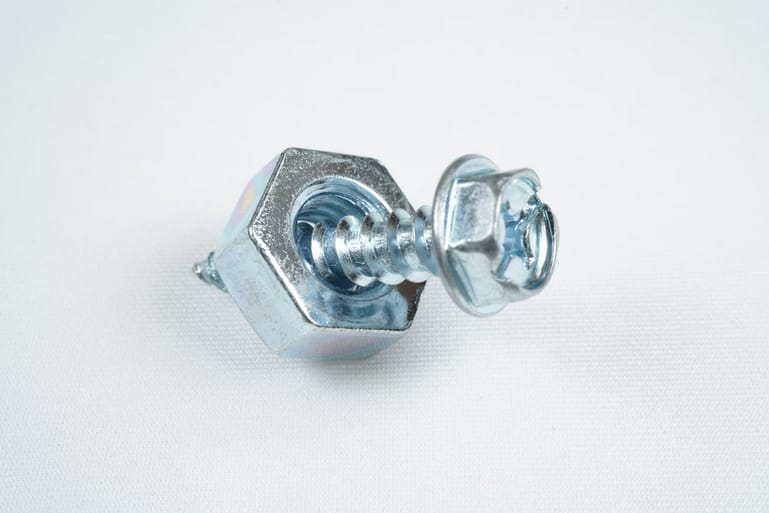Threads are like the silent heroes of the mechanical world, quietly holding things together with precision and reliability. But what happens when those threads don’t quite fit the bill? Welcome to the world of thread gaging, where engineers troubleshoot issues to ensure those connections remain strong. In this article, we’ll explore some common problems encountered in thread gaging and how to troubleshoot them with ease.
Issue 1: Inconsistent Measurements
Inconsistent measurements during thread gaging can be frustrating and lead to uncertainty about the integrity of threaded connections. Here’s how to troubleshoot:
- Calibrate Equipment: Regularly calibrate thread gages and measurement equipment to ensure accuracy and consistency. Any discrepancies in measurements should be promptly addressed to maintain reliable results.
- Standardize Procedures: Establish standardized procedures for thread gaging, including proper technique and measurement protocols. Consistency in procedures helps minimize variability and ensures reliable results across different operators.
Issue 2: Fitment Problems

One of the most common issues in thread gaging is fitment problems. This occurs when the threaded components don’t mate correctly, leading to loose or tight connections. Fitment problems can arise due to various factors, including:
- Incorrect Thread Pitch: Ensure that the thread pitch on both components matches precisely. A mismatch in thread pitch can result in improper engagement and compromised integrity.
- Debris or Damage: Check for any debris or damage in the threaded area that may prevent proper fitment. Clean the threads thoroughly and inspect for any signs of wear or deformation.
Issue 2: Oversized or Undersized Threads
Another common issue is encountering threads that are either oversized or undersized. This can occur due to machining errors, wear and tear, or improper tooling. Here’s how to troubleshoot:
- Use of Incorrect Gage: Ensure that you’re using the correct thread gage for the application. Go/no-go gages are particularly useful for quickly determining if threads are within acceptable tolerances.
- Inspect Machining Equipment: If encountering consistently oversized or undersized threads, inspect the machining equipment for any calibration issues or worn tooling. Addressing these issues can prevent future problems.
Issue 3: Thread Damage

Thread damage can occur due to mishandling, improper storage, or excessive wear. Common types of thread damage include nicks, burrs, and stripped threads. Here’s how to address it:
- Repair or Replace: Depending on the severity of the damage, consider repairing or replacing the threaded component. Minor damage may be remedied with careful deburring or re-threading, while severe damage may require replacement.
- Implement Proper Handling Procedures: Educate personnel on proper handling and storage procedures to minimize the risk of thread damage. Avoid dropping or mishandling threaded components, and store them in protective containers when not in use.
In the intricate world of thread gaging, encountering challenges is par for the course. However, with a solid understanding of common issues and effective troubleshooting strategies, engineers can overcome these obstacles with confidence. By addressing fitment problems, managing oversized or undersized threads, preventing thread damage, and ensuring consistent measurements, engineers can uphold the integrity and reliability of threaded connections in their projects.




 Being stuck between floors in an elevator is a situation that can be
Being stuck between floors in an elevator is a situation that can be 
 One of the first places to check for a company’s social media presence is its website. If you can’t find any links to their social media accounts, that could signify that they are trying to hide something. Also, please take a look at the content of their social media posts. If they seem too good to be true, they probably are. Scammers often make false claims about their product or service to lure people in.
One of the first places to check for a company’s social media presence is its website. If you can’t find any links to their social media accounts, that could signify that they are trying to hide something. Also, please take a look at the content of their social media posts. If they seem too good to be true, they probably are. Scammers often make false claims about their product or service to lure people in. Finally, one of the easiest ways to spot a scam website is to look at the address bar and URL. If the URL is misspelled or has strange characters, that is usually a sign that it is not a legitimate website. You should also be careful of websites that use “htttp” instead of “htpps.” This means the website is not secure, and your personal information could be at risk.
Finally, one of the easiest ways to spot a scam website is to look at the address bar and URL. If the URL is misspelled or has strange characters, that is usually a sign that it is not a legitimate website. You should also be careful of websites that use “htttp” instead of “htpps.” This means the website is not secure, and your personal information could be at risk.